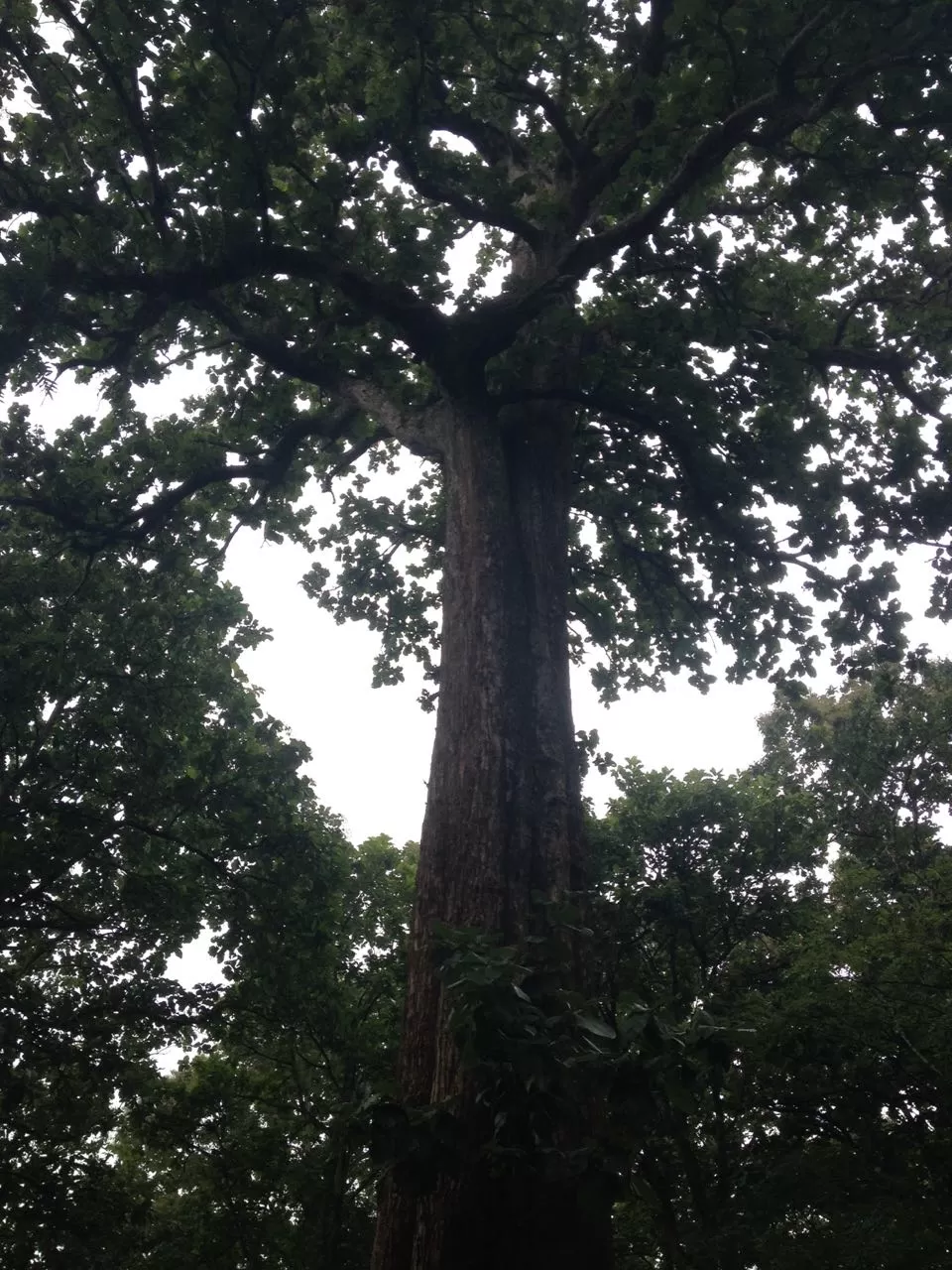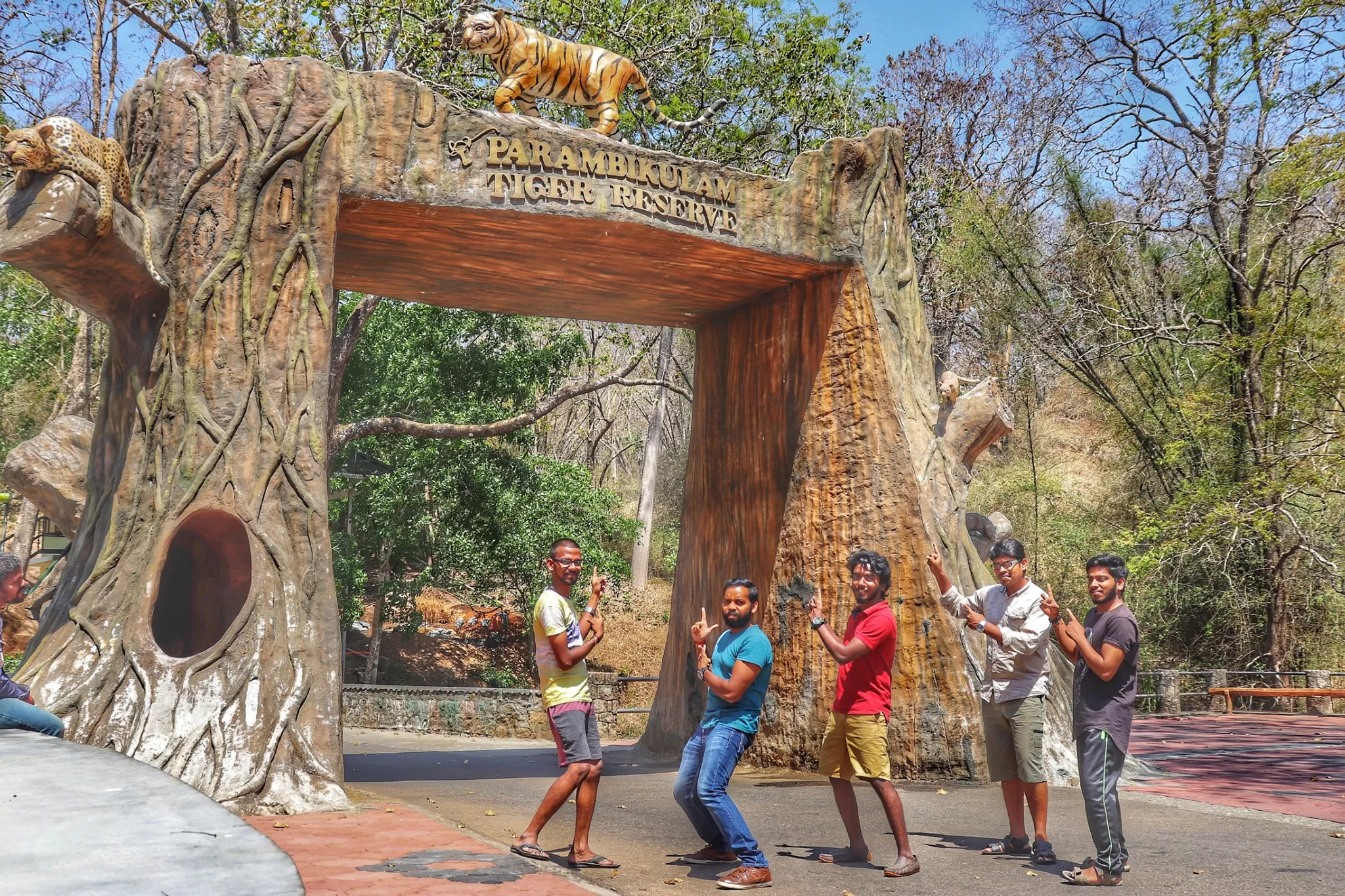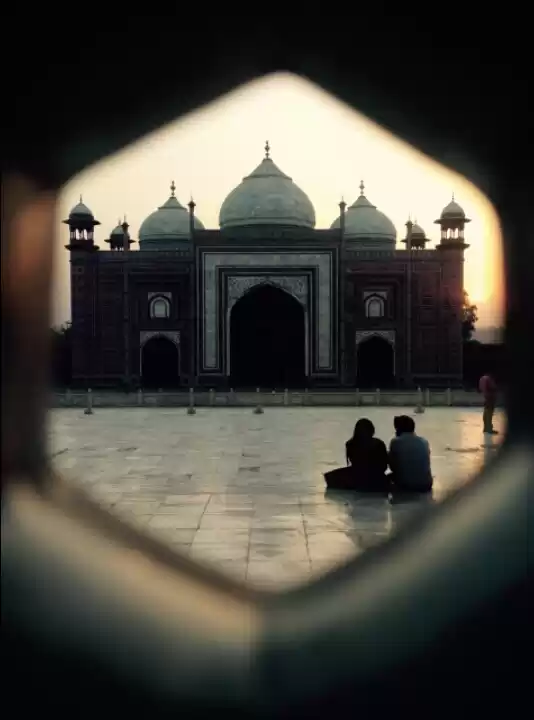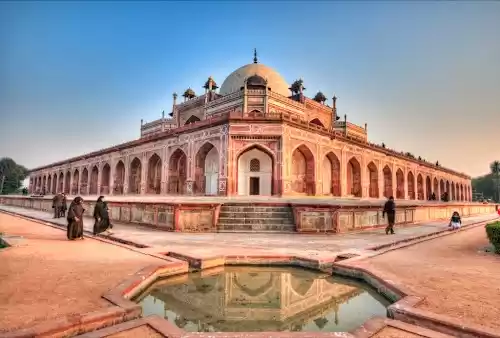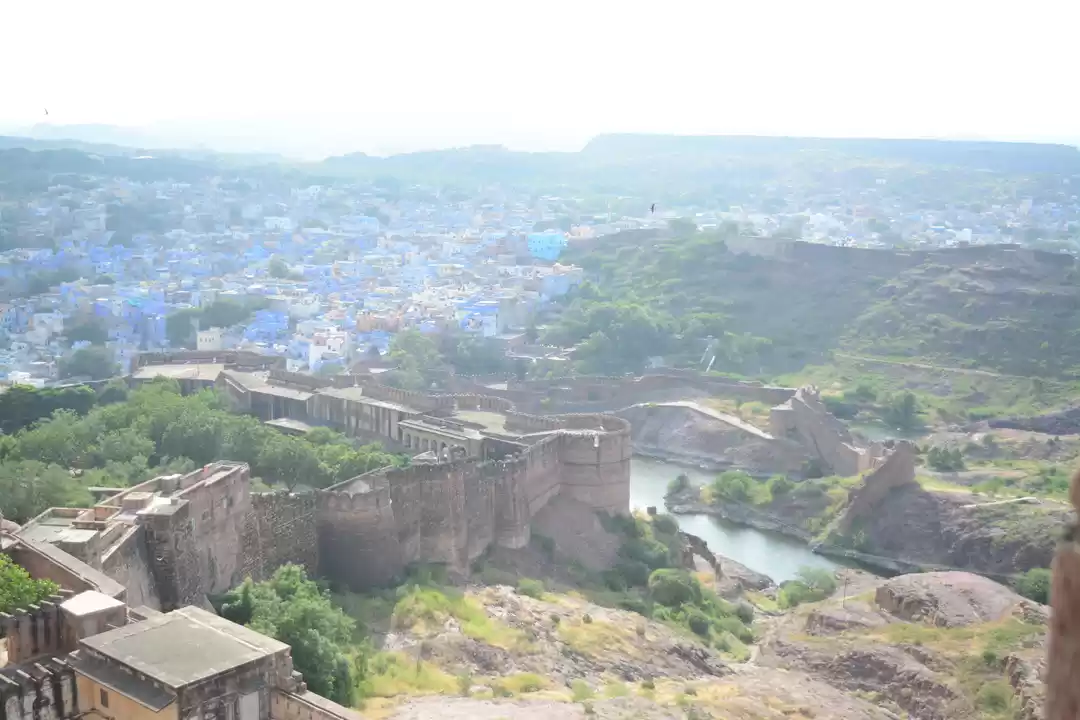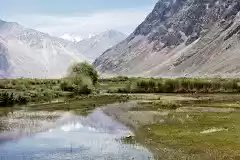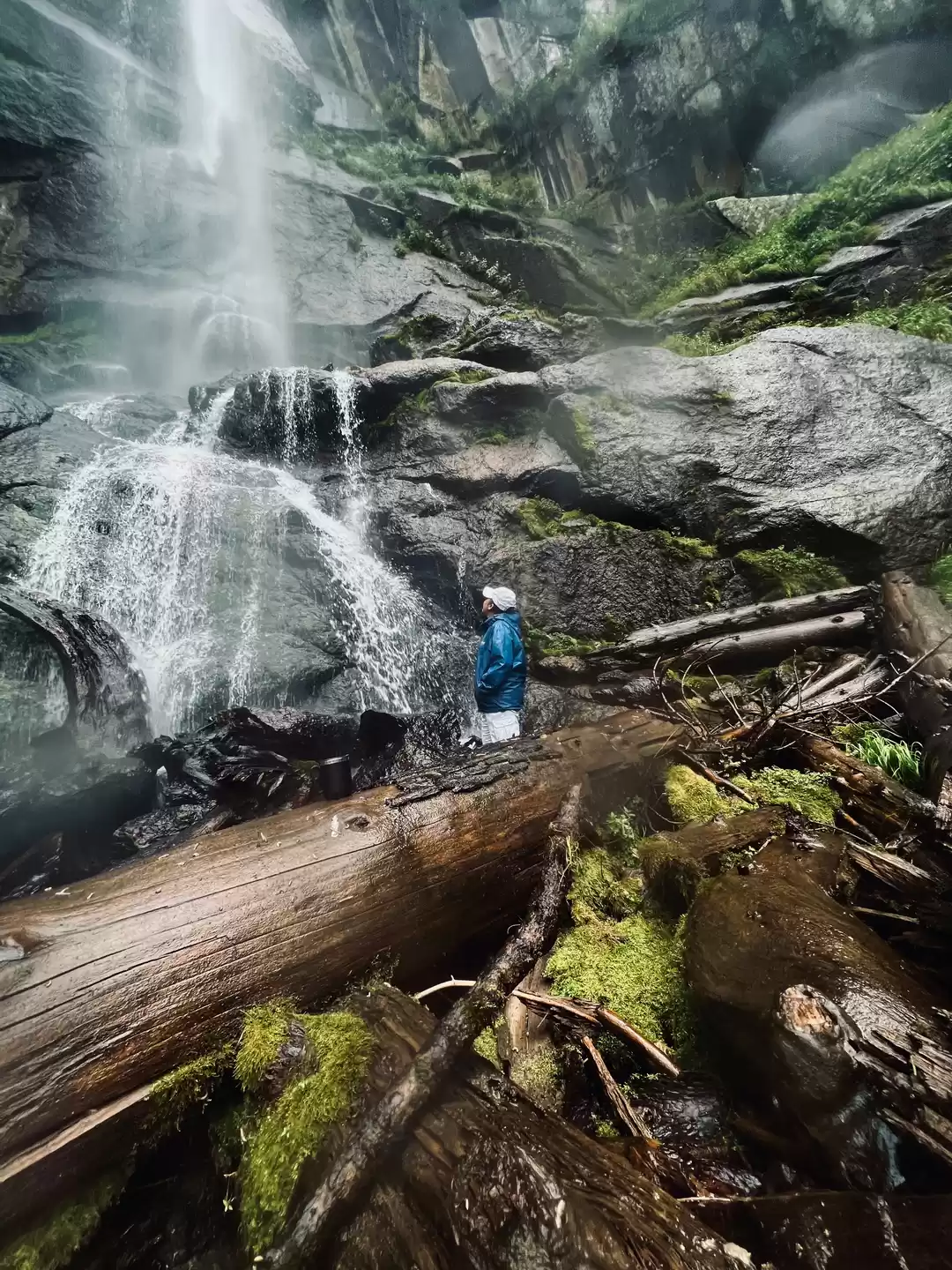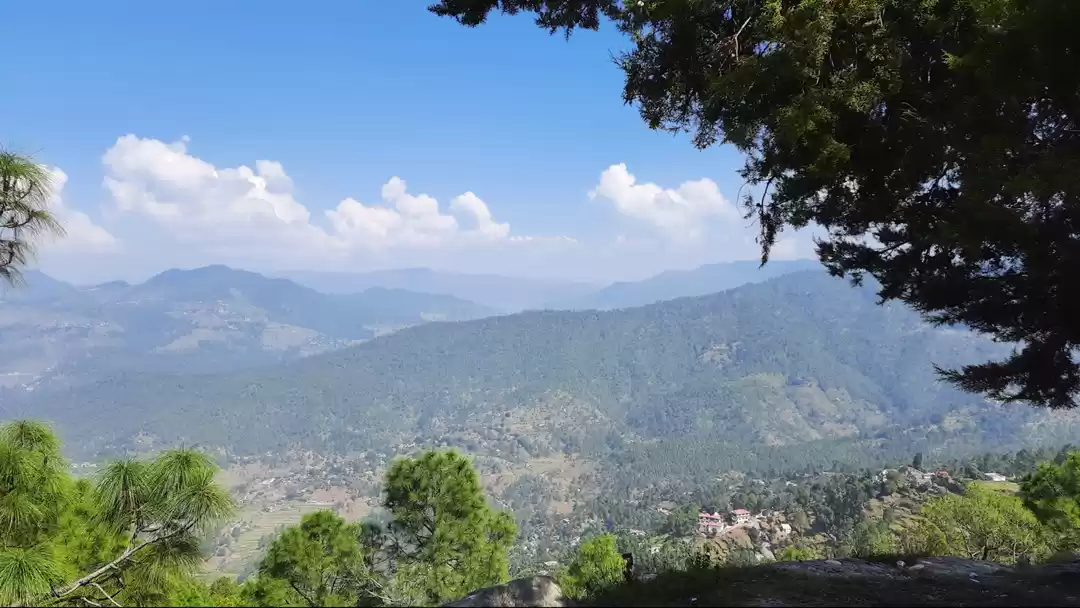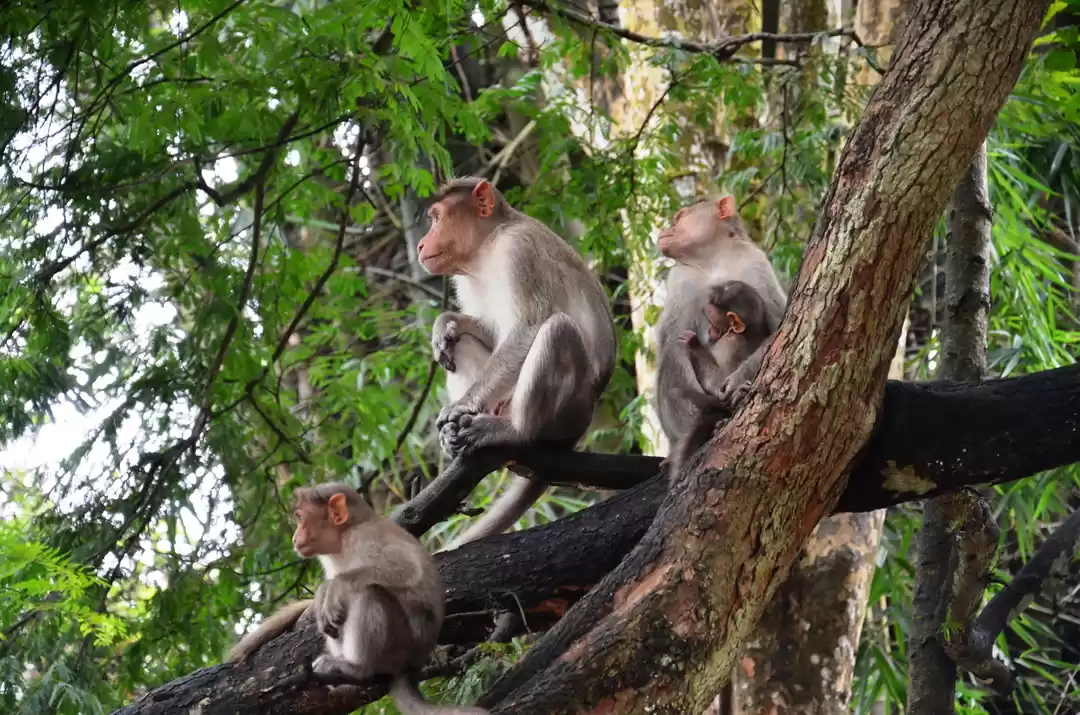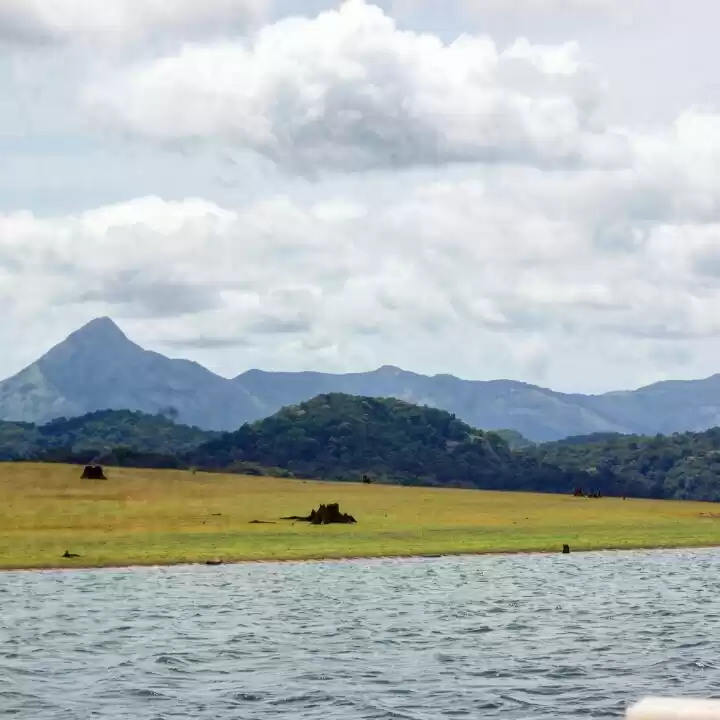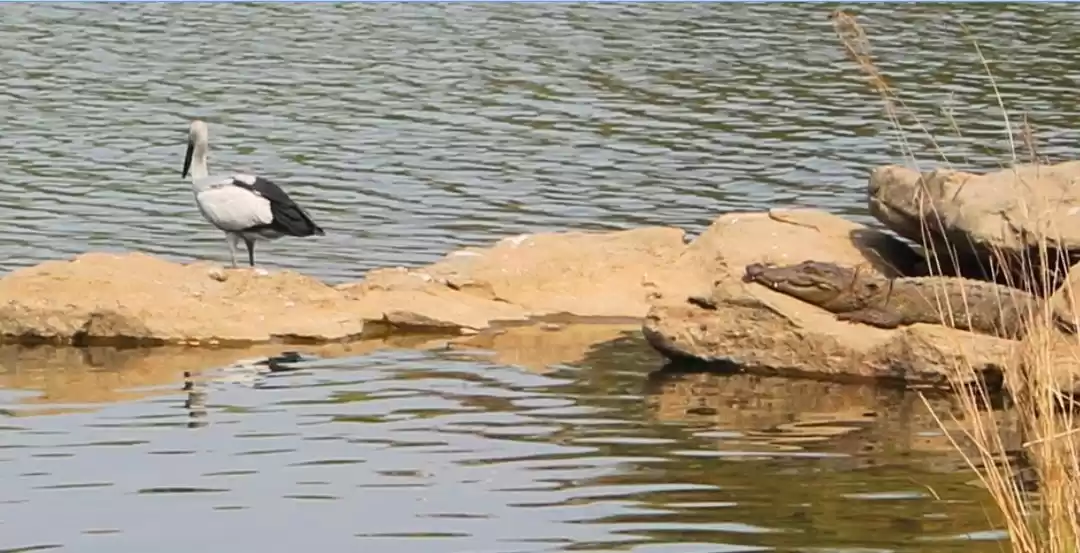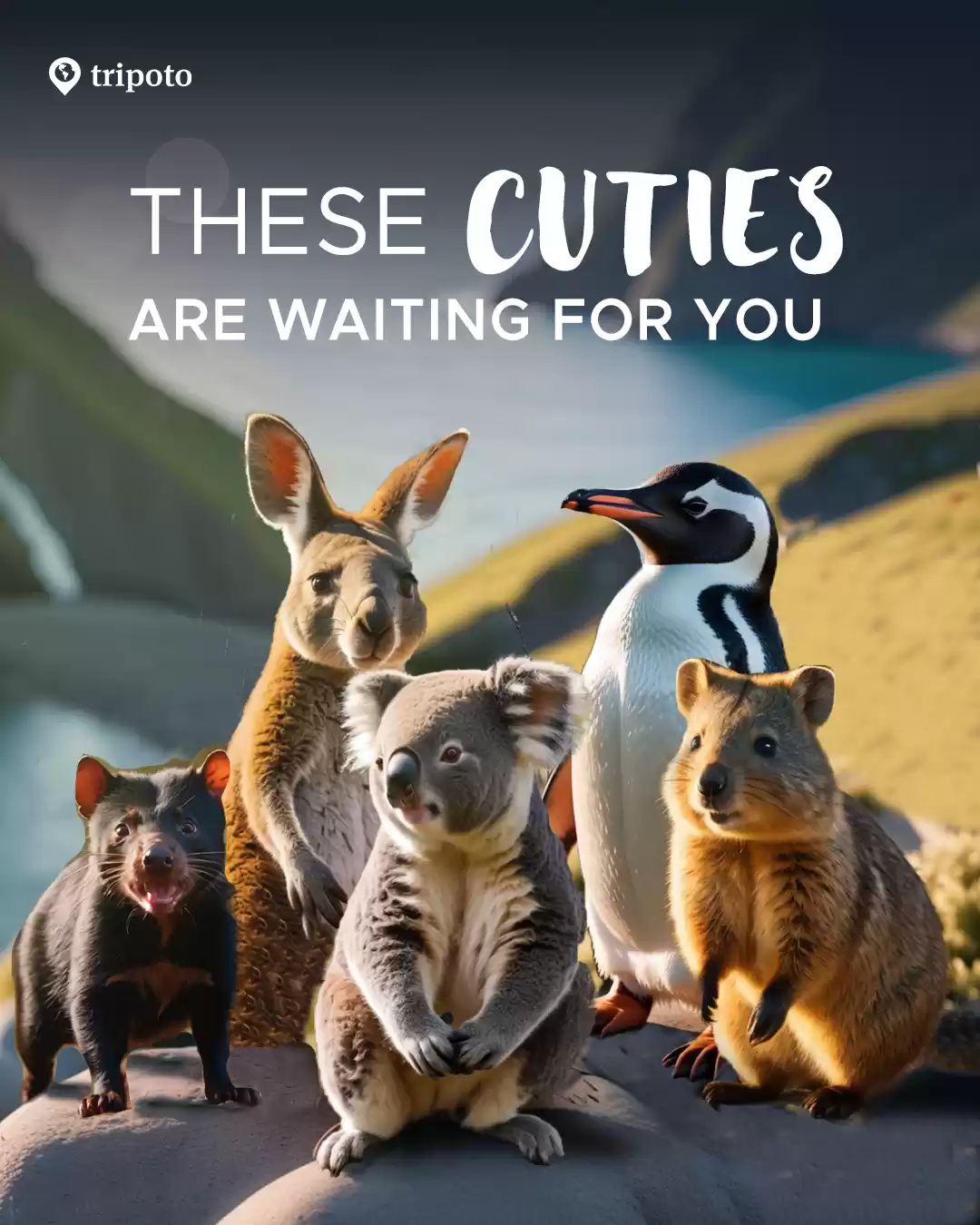Are you looking for a place where you can experience the beauty and diversity of nature, the thrill and excitement of adventure, and the culture and history of indigenous tribes? If yes, then you should visit the Parambikulam Wildlife Sanctuary, one of the most well-preserved and scenic wildlife sanctuaries in India. Located in the Palakkad district of Kerala, the sanctuary is home to a rich variety of flora and fauna, including some of the rarest and endangered species in the world. It also offers a range of attractions and activities that will appeal to all kinds of travellers, from wildlife enthusiasts to adventure lovers, from history buffs to culture vultures. In this article, we will guide you through everything you need to know about the Parambikulam Wildlife Sanctuary, its wildlife, flora, tribes, attractions, and more. Read on to discover why this hidden gem is a must-visit destination for anyone who loves nature and adventure.

Wildlife
One of the main reasons to visit the Parambikulam Wildlife Sanctuary is to witness the amazing diversity and richness of its wildlife. The sanctuary boasts of having the largest population of wild elephants in India, with over 900 individuals roaming freely in its forests. It is also one of the few places where you can spot the majestic Bengal tiger, the king of the jungle, as well as other big cats like leopards and jungle cats. Other animals that you can encounter in the sanctuary include gaur, sambar, spotted deer, barking deer, wild boar, sloth bear, wild dog, porcupine, pangolin, giant squirrel, lion-tailed macaque, Nilgiri langur, and many more. The sanctuary is also a paradise for birdwatchers, as it hosts over 250 species of birds, including some rare and endemic ones like the great hornbill, the Malabar grey hornbill, the Nilgiri wood pigeon, the Ceylon frogmouth, the black eagle, and the grey-headed fish eagle. The sanctuary also has a rich diversity of reptiles, amphibians, fishes, and insects, making it a hotspot of biodiversity.
The wildlife in the sanctuary lives in various habitats and ecosystems, such as evergreen forests, deciduous forests, semi-evergreen forests, grasslands, wetlands, and reservoirs. These habitats provide food, shelter, and water for the animals, as well as a scenic backdrop for the visitors. The sanctuary is also part of the Nilgiri Biosphere Reserve, a UNESCO World Heritage Site, and the Anamalai Tiger Reserve, a Project Tiger site, which aim to conserve and protect the wildlife and its habitats.
However, the wildlife in the sanctuary also faces many threats and challenges, such as poaching, habitat loss, human-wildlife conflict, climate change, and disease. To counter these threats, the sanctuary authorities and the local communities have taken various conservation and protection measures, such as forming anti-poaching squads, eco-development committees, wildlife monitoring teams, and awareness campaigns. The sanctuary also involves the local tribes and the visitors in the conservation efforts, by providing them with eco-tourism opportunities, such as forest guards, guides, volunteers, and donors.
Flora
Another reason to visit the Parambikulam Wildlife Sanctuary is to admire the beauty and diversity of its flora. The sanctuary has a rich variety of plants, ranging from towering trees to delicate flowers, from medicinal herbs to exotic orchids. Some of the rare and endemic plants that you can find in the sanctuary include the Kannimara Teak, the world’s largest living teak tree, which has a girth of over 7 meters and a height of over 40 meters, the Neelakurinji, a blue-purple flower that blooms once in 12 years and covers the hills in a stunning carpet of color, the Nagapushpa, a snake-shaped flower that is believed to have magical properties, and the Vanda, a beautiful orchid that is prized for its fragrance and ornamental value.
The flora in the sanctuary can be classified into different types and distribution, such as evergreen forests, which are dense and moist and have a high diversity of plants, deciduous forests, which are dry and open and have a low diversity of plants, semi-evergreen forests, which are a mix of evergreen and deciduous forests and have a moderate diversity of plants, grasslands, which are open and flat and have a low diversity of plants, and wetlands, which are aquatic and marshy and have a high diversity of plants. These types of flora provide different benefits and services for the wildlife and the humans, such as food, oxygen, medicine, timber, fuel, fodder, soil, water, and climate.
However, the flora in the sanctuary also faces many threats and challenges, such as invasive species, climate change, fire, overexploitation, and pollution. To counter these threats, the sanctuary authorities and the local communities have taken various conservation and protection measures, such as afforestation, fire management, weed eradication, sustainable harvesting, and organic farming. The sanctuary also involves the local tribes and the visitors in the conservation efforts, by providing them with eco-tourism opportunities, such as nursery, plantation, herbal garden, and nature trail.
Tribes
Another reason to visit the Parambikulam Wildlife Sanctuary is to learn about the history and culture of the indigenous tribes living in the sanctuary. The sanctuary is home to four tribes, namely the Kadar, the Malasar, the Muthuvar, and the Pulayar, who have been living in harmony with nature for centuries. These tribes have a rich and unique culture, which is reflected in their practices and beliefs, such as honey collection, which is a traditional and sustainable way of harvesting honey from the wild bees, fishing, which is a major source of food and income for the tribes, worship, which is a way of expressing gratitude and reverence to the nature gods and goddesses, and festivals, which are occasions of celebration and joy for the tribes.
The tribes also have a simple and sustainable lifestyle, which is reflected in their livelihood and livelihood, such as housing, which is made of bamboo, mud, and thatch, and blends with the natural surroundings, food, which is mostly vegetarian and organic, and consists of rice, millets, tubers, fruits, and vegetables, clothing, which is made of cotton, wool, and silk, and is colorful and comfortable, occupation, which is mostly related to agriculture, forestry, fishing, and handicrafts, and education, which is imparted through oral and practical methods, and focuses on the traditional knowledge and skills of the tribes.
The tribes also face many challenges and opportunities, such as health, which is affected by the lack of access to modern facilities and the prevalence of diseases, development, which is influenced by the government policies and the market forces, empowerment, which is determined by the legal rights and the social status of the tribes, and conservation, which is impacted by the environmental changes and the human interventions. The sanctuary authorities and the local communities have taken various measures to address these issues, such as providing health camps, schools, self-help groups, eco-development committees, and tribal welfare schemes for the tribes.
The tribes also play a vital role and contribution in the conservation and management of the sanctuary, by providing their knowledge, skills, participation, and cooperation. The sanctuary authorities and the local communities have involved the tribes in the eco-tourism activities, such as forest guards, guides, volunteers, and donors, which help them to earn a livelihood and to protect the sanctuary.
Attractions
Another reason to visit the Parambikulam Wildlife Sanctuary is to enjoy the various attractions and activities that the sanctuary offers to the visitors. The sanctuary has something for everyone, whether you are looking for a relaxing and refreshing experience, or a thrilling and adventurous one. Some of the attractions and activities that you can indulge in the sanctuary are:
Safari: This is the best way to explore the sanctuary and to spot the wildlife in their natural habitats. You can choose from different types of safari, such as jeep safari, bus safari, boat safari, and bamboo rafting safari, depending on your preference and availability. The safari is conducted by the forest department, and you need to book in advance and follow the rules and regulations. The safari timings are from 7 am to 10 am and from 3 pm to 6 pm, and the charges vary from Rs. 100 to Rs. 2000 per person, depending on the type of safari and the number of people.
Boating: This is another way to enjoy the beauty and serenity of the sanctuary and to witness the aquatic life and the birds. You can choose from different types of boating, such as pedal boat, row boat, motor boat, and coracle, depending on your preference and availability. The boating is conducted by the forest department, and you need to book in advance and follow the rules and regulations. The boating timings are from 9 am to 5 pm, and the charges vary from Rs. 50 to Rs. 500 per person, depending on the type of boating and the number of people.
Trekking: This is the most adventurous and exciting way to experience the sanctuary and to challenge yourself. You can choose from different types of trekking, such as nature trail, jungle walk, bird watching, and night camping, depending on your preference and availability. The trekking is conducted by the forest department, and you need to book in advance and follow the rules and regulations. The trekking timings are from 6 am to 6 pm, and the charges vary from Rs. 100 to Rs. 2000 per person, depending on the type of trekking and the number of people.
Camping: This is the most relaxing and refreshing way to enjoy the sanctuary and to spend a night under the stars. You can choose from different types of camping, such as tent camping, tree house camping, island camping, and bamboo hut camping, depending on your preference and availability. The camping is conducted by the forest department, and you need to book in advance and follow the rules and regulations. The camping timings are from 6 pm to 6 am, and the charges vary from Rs. 500 to Rs. 5000 per person, depending on the type of camping and the number of people.
These are some of the attractions and activities that the sanctuary offers to the visitors, but there are many more to explore and discover. Some of the tips and suggestions for the visitors to make the most of their visit are:
The best time to visit the sanctuary is from October to March, when the weather is pleasant and the wildlife is more active and visible.
- The things to carry for the visit are water, snacks, camera, binoculars, sunscreen, hat, insect repellent, torch, first aid kit, and comfortable clothes and shoes.
- The things to avoid for the visit are plastic, alcohol, smoking, loud music, feeding the animals, littering, straying from the path, and disturbing the wildlife and the tribes.
Conclusion
We hope you enjoyed reading this article and learned a lot about the Parambikulam Wildlife Sanctuary, its wildlife, flora, tribes, attractions, and more. This sanctuary is a true paradise for nature lovers and adventure seekers, and a place where you can have a memorable and meaningful experience.
So, what are you waiting for? Book your trip to the Parambikulam Wildlife Sanctuary with Tripoto today, and get ready to explore the hidden gem of Kerala. And don’t forget to leave a comment below and tell us what you think about the sanctuary and this article. We would love to hear from you. Thank you for reading and happy travelling! 😊



